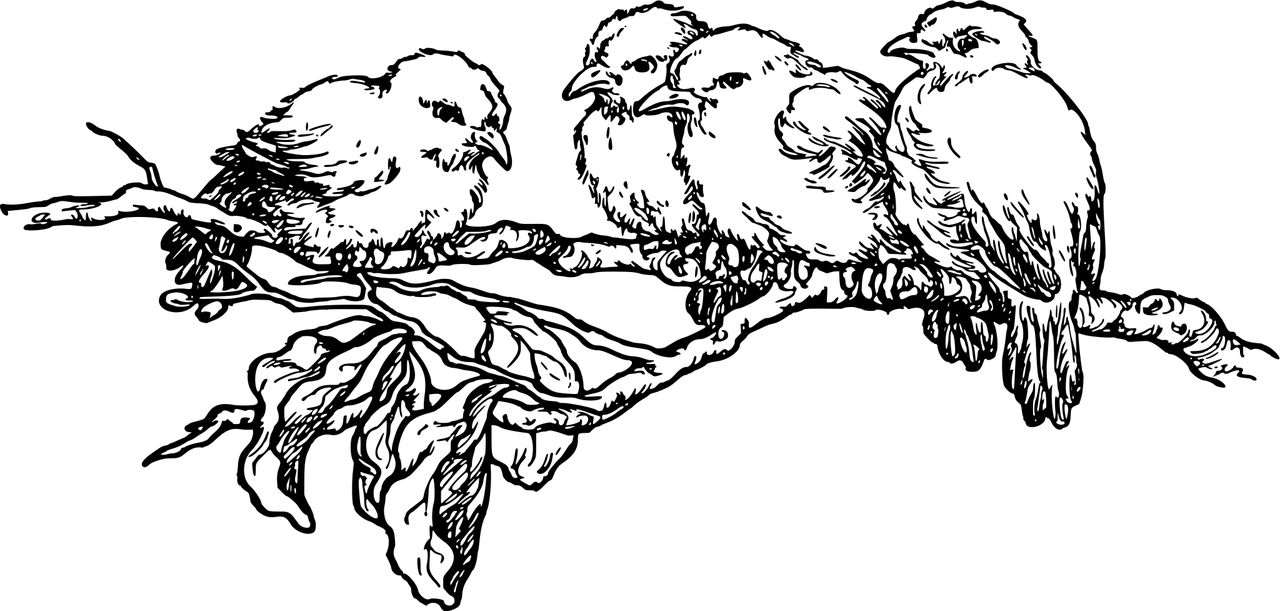

This article introduces the concept of a decentralized, distributed and unsupervised digital mechanism of providing what is called the Source of Truth (SoT) - an idiom from the world of Information Science and Technology, which means a repository of data upon which the rest of the systems depend for factual information. It is the nucleus of any digital operations around which rest of the parts are anchored. Organizations world over employ various methods and processes to protect and preserve their SoT. These methods and processes works for their use cases because they have a centralized administration. But what if we want a no-master apparatus? Where information could potentially become imperishable, yet highly accessible and extremely secure. Why do we need it? The idea has spawned from the necessity that the current world order requires a backbone of transparency and better ways of bearing voices and promises, as well as better ways of handling transactions and contracts.
Decentralized Source of Truth or DSoT, to be used henceforth for reference, is conceived to be a reservoir of secure messages that can potentially reach an everlasting persistence as long as computing resources are around. Based on this feasibility, contracts can be formed over these messages considering them SoT. Even though decentralized and distributed, it will act like a single source of truth. It is also supposed to be a self-sustaining and self-moving automata that will grow in robustness as people join in. If and when it gets going, it will be driven naturally by the wants and needs of people. Even the security and credibility of information it will hold will be a consequence of human needs to have it.
Main goals are -
The system would be built on the principle of minimalism and user autonomy. The philosophy is that it should be as simple as possible and should rely on users itself for sustaining it and also securing their information, not through any effort but by simply choosing to make use of this system. Users who derive value from it are also expected to contribute to its sustainability, fostering a mutually beneficial, symbiotic relationship between each participant and the broader network. A key design tenet is its singularity of purpose: the system will serve only one purpose, as the namesake suggests. Its architecture and publicly accessible design would ensure that the entire setup could be replicated within whatever limits we require it for.

So how will it work? To give a basic overview, there will be different software components working with each other running on different nodes of computers, utilizing limited resources from them. These nodes will actually be computing resources of people who would want to make use of the platform. They will be able to talk to each other and exchange information as required by the intents of the platform. Using coordination and collaboration between the nodes, the platform will ensure its goals. A high degree of persistence is thus not an inherent feature of the software implementations itself, but the result of networks of nodes. The core components of the system that will handle data protection will ensure that there will never be a breach of data security and there will never be a data loss. The proposed software components and their inter-communication are presented in the diagram below.

Technical details will be laid out in a separate running draft. Finalizing the technical design and specifications as well as implementations of the software pieces will be open-source projects. Finally let me list out the possible use cases for DSoT and the purposes for which it cannot be used.
What it can be/do:
What it cannot be:
You are very much welcome to write in your comments and any intentions for collaborations. If you decide to onboard, this could be an exciting journey together!
सत्यरत (prn. Satyarat) is a Sanskrit word that translates to as someone devoted to truth
Join the conversation ...